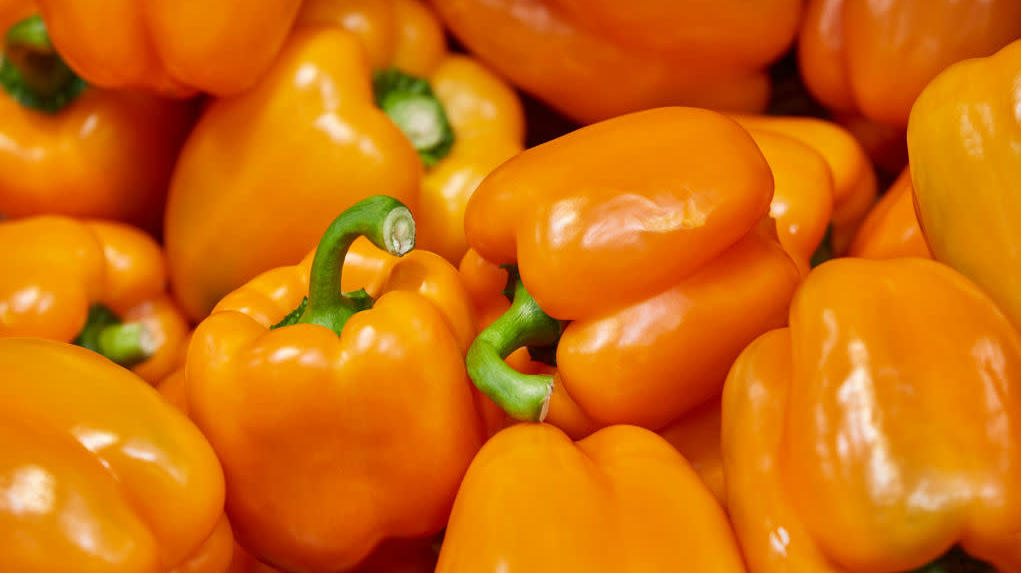Your Favorite Bell Peppers Are Sweatin' Pesticides
Do you feel lucky? Well, do ya, punk? Lucky enough to eat one of the 12 most pesticide-laden fruits and vegetables, perhaps? If you're not sure, check out the 2021 "Dirty Dozen" list, released Wednesday by the Environmental Working Group. USA Today reports that the annual list ranks pesticide residue levels of fruits and vegetables based on samples taken by the U.S. Department of Agriculture and the U.S. Food and Drug Administration, and this year's list has two noticeable changes.
First, collard and mustard greens joined the list, sharing the third place spot with kale thanks to a whole lot of DCPA, a compound classified by the U.S. Environmental Protection Agency as a possible carcinogen. Unfortunately for the pepper squad (of which I am a card-carrying member), bell peppers and hot peppers also joined the list this year. The full Dirty Dozen list is as follows:
- Strawberries
- Spinach
- Kale, collard and mustard greens
- Nectarines
- Apples
- Grapes
- Cherries
- Peaches
- Pears
- Bell and hot peppers
- Tomatoes
- Celery
Here's the really challenging thing: the new EWG report states that nearly 70% of non-organic produce sold in the U.S. contains pesticide residues. What's more, more than 90% of strawberry, apple, and leafy green samples tested positive for residues of two or more pesticides. So how do you avoid chowing down on carcinogens? If you can, try to choose organic options for produce on the Dirty Dozen List. But organic produce is pricey, and it's nearly impossible to come by in food deserts. If organic isn't an option, consumers can turn to frozen or canned options, as well as the EWG's Clean Fifteen, a list of produce that tested with dramatically lower trace amounts of pesticides. The list includes avocados, sweet corn, pineapples, and broccoli. The full Clean Fifteen is available on the EWG's website.
